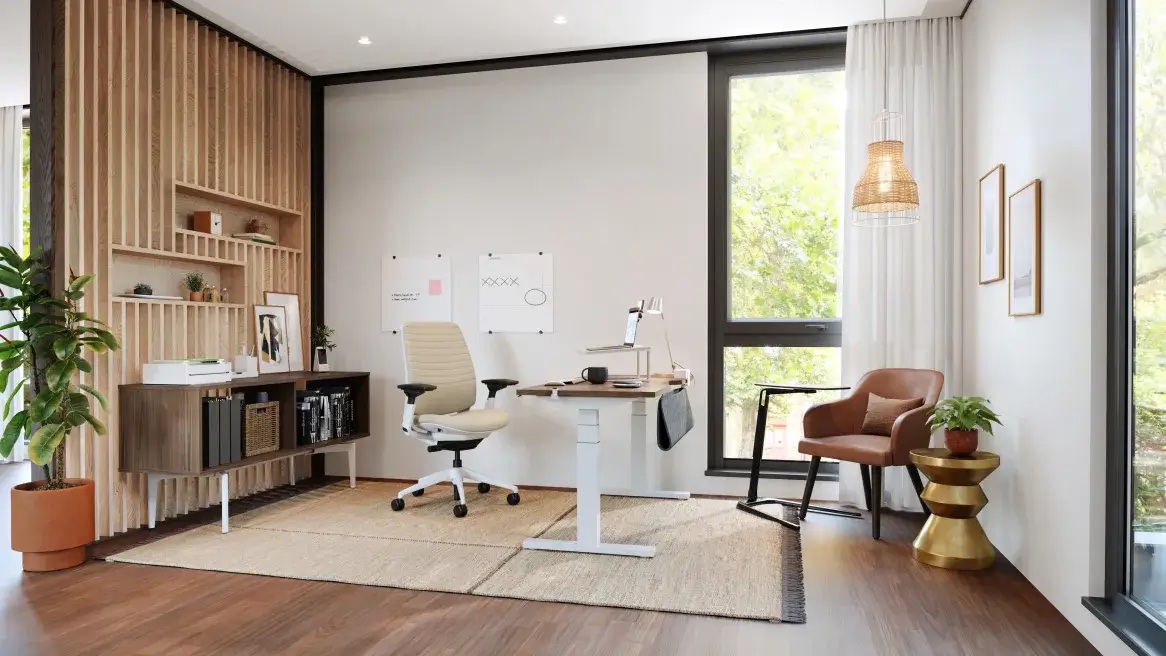The Art of Creating a Functional Yet Stylish Home Office

- Interior
- Design
- Office
Introduction:
With the rise of remote work and telecommuting, the home office has become an essential space where productivity meets style. Designing a home office that seamlessly blends functionality with aesthetics is an art form in itself. Let's explore the key elements and design principles that contribute to crafting a home office that inspires creativity and enhances productivity.
Space Planning:
Begin by assessing the available space and determining the layout that best suits your workflow and needs. Consider factors such as natural light, proximity to power outlets, and furniture placement. A well-planned layout ensures efficient use of space and promotes a conducive work environment.
Furniture
Invest in ergonomic furniture pieces that prioritize comfort and support. Choose a desk and chair that promote good posture and reduce strain on the body during long work hours. Adjustable height desks, ergonomic chairs with lumbar support, and properly positioned monitor stands contribute to a healthy and productive workspace.
Personalized Organization
Effective organization is key to maintaining a clutter-free and productive workspace. Incorporate storage solutions such as shelving units, filing cabinets, and desk organizers to keep essentials within reach and maintain a tidy environment. Personalize your organization system to suit your workflow and style preferences, ensuring a seamless workflow.
Inspirational Design Elements
Infuse your home office with design elements that inspire creativity and motivation. Incorporate artwork, motivational quotes, or decorative accents that reflect your personality and interests. Consider adding plants to bring a touch of nature indoors and improve air quality, creating a refreshing and uplifting atmosphere.
Lighting Design
Optimize natural light whenever possible, as it promotes well-being and enhances productivity. Position your desk near windows to maximize natural light exposure and reduce eye strain. Supplement natural light with task lighting, such as desk lamps or overhead fixtures, to ensure adequate illumination for focused work tasks.
Technology Integration
Integrate technology seamlessly into your home office design to support your workflow and connectivity needs. Ensure easy access to power outlets and incorporate cable management solutions to keep wires organized and out of sight. Consider installing a reliable internet connection and investing in quality technology accessories to enhance efficiency.
Conclusion:
Designing a functional yet stylish home office requires careful consideration of layout, furniture selection, organization, and design elements. By combining ergonomic principles with personalized touches and inspirational design elements, you can create a workspace that not only enhances productivity but also reflects your unique style and personality. With the right balance of form and function, your home office becomes a space where work and creativity thrive in harmony.

